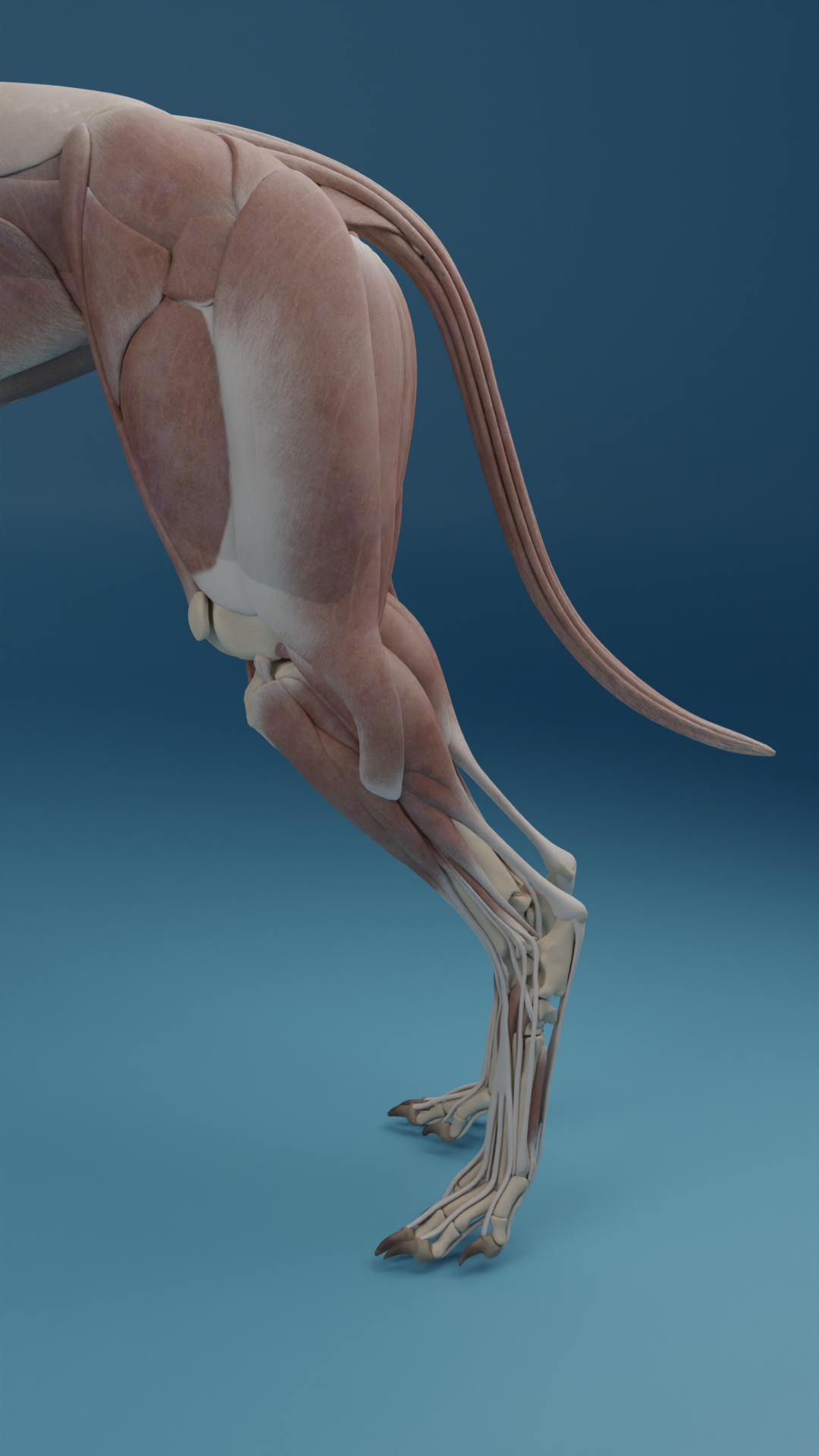
Learn and repeat anatomy in 3D VR
Imagine yourself being able to select preferred animal model and being able to point at any structure to get information about it. It is possible now, in VET VR. Put on the headset and jump into the room to study from bones and muscles to deeper organ structures in Virtual Reality (VR).
Just like you would have a full model at home.
VET VR gives user a possibility to interact with full 3D model of the animal. Select a bone, understand it’s regions, muscle attachment points, read it’s description and understand the location. Same with every other structure.
How do you prepare today?
Many decades have passed but the way of acquiring information has not changed much. We still learn mostly from 2D drawing in books and our brains have to model a 3D object in our head. It takes a lot of resources and less are left on more crucial parts, for associations and memory.
We all know that our brains learn best by doing and experiencing, by interacting with the environment. Would you choose to study skeleton from the book or to have also a skeleton in your home?
Imagine yourself having a skeleton with a possibility to point finger at certain area and a window in the air would appear with description of it and additional guiding highlights.
This, and more is what VET VR brings.
New way of learining
VR-based animal anatomy learning provides an immersive, interactive, and realistic educational experience, offering unique advantages that surpass the limitations of traditional book-based learning methods
-
VR provides a highly immersive and interactive learning experience, allowing users to explore the intricacies of animal anatomy in a three-dimensional virtual environment. Unlike static images or diagrams in books, VR enables learners to engage with the subject matter directly. Users can manipulate virtual models, zoom in or out, rotate them in any direction, and even dissect them virtually. This level of interactivity enhances understanding and retention as learners actively participate in the learning process.
-
VR technology enables the creation of lifelike virtual models of animals, replicating their anatomy in great detail. Learners can observe organs, skeletal structures, muscles, and other anatomical features with realistic textures, colors, and proportions. By presenting anatomy in a visually accurate and engaging manner, VR helps learners develop a better understanding of spatial relationships between different anatomical structures. This enhanced spatial understanding can be particularly valuable in fields such as veterinary science, zoology, and biology.
-
VR training simulators can simulate practical scenarios and offer hands-on experiences that are otherwise challenging to replicate using traditional methods. Learners can virtually perform dissections, surgeries, or procedures related to animal anatomy without the need for real animals or specimens. This allows for repetitive practice and experimentation, enabling learners to develop skills and confidence in a risk-free environment. VR simulations can also provide real-time feedback, guiding learners on correct techniques and procedures, leading to improved learning outcomes. Learn more under Learn Anatomy block.


